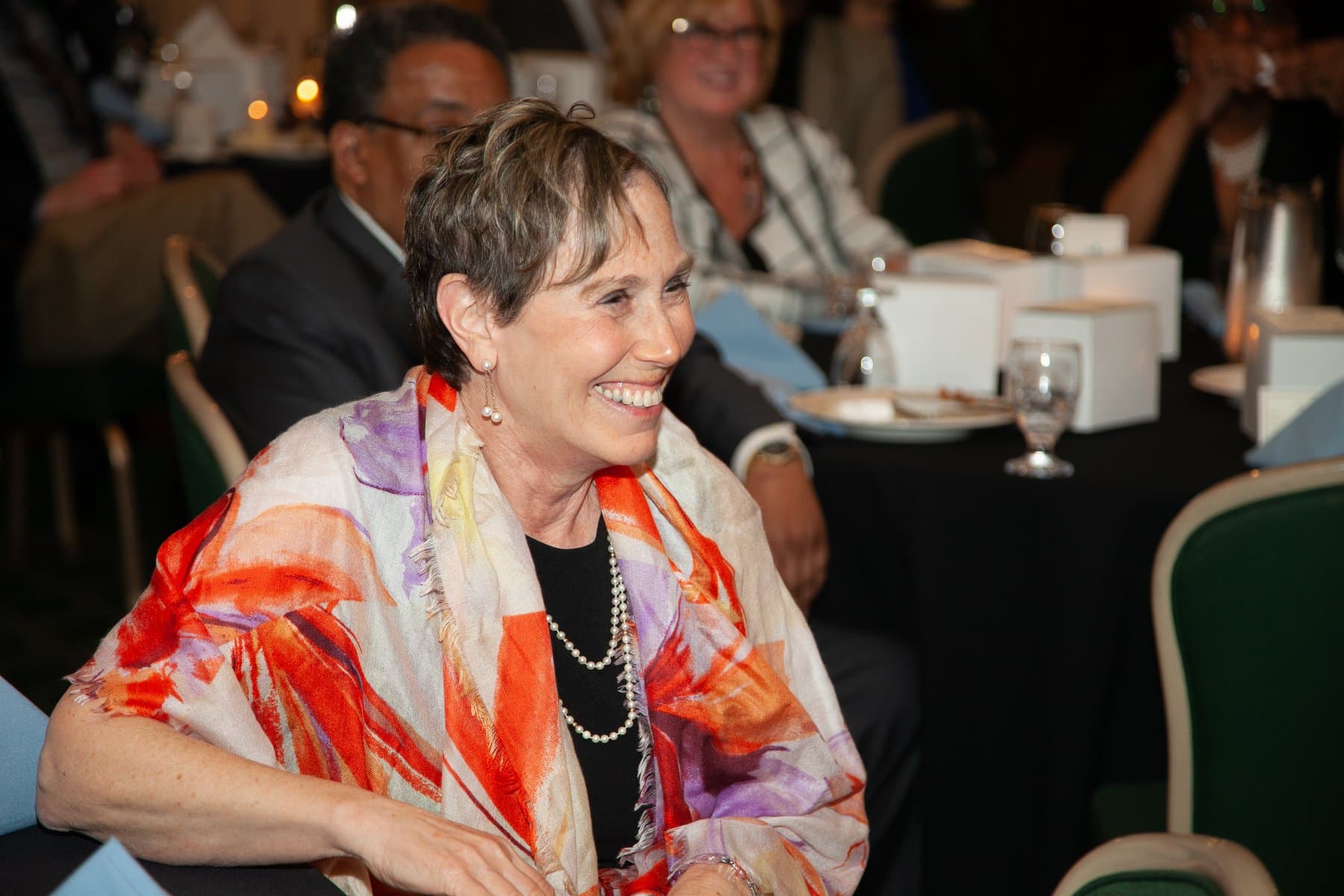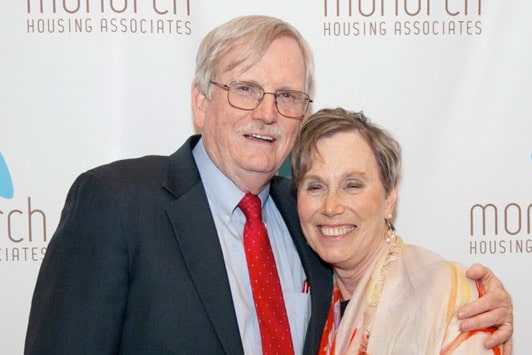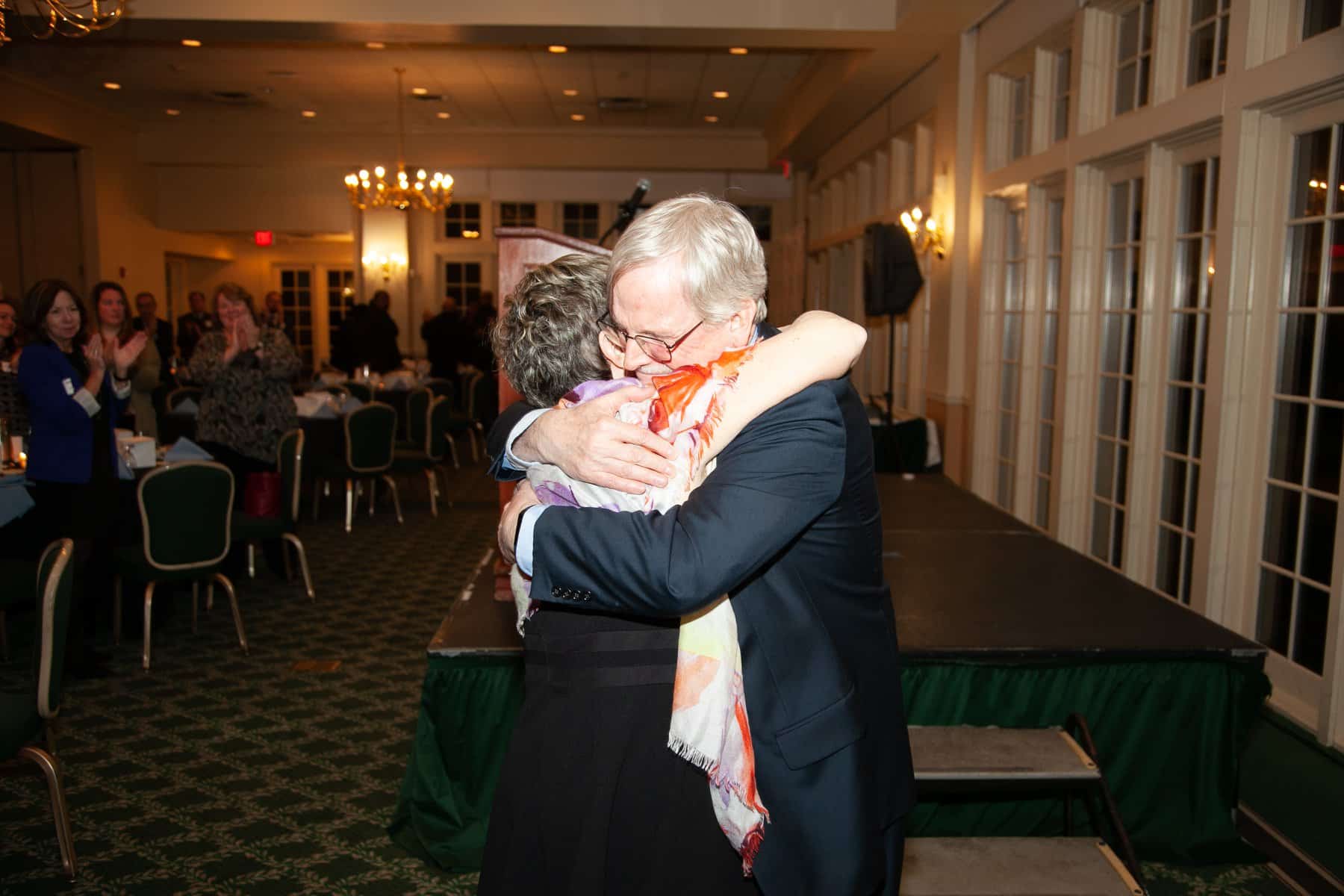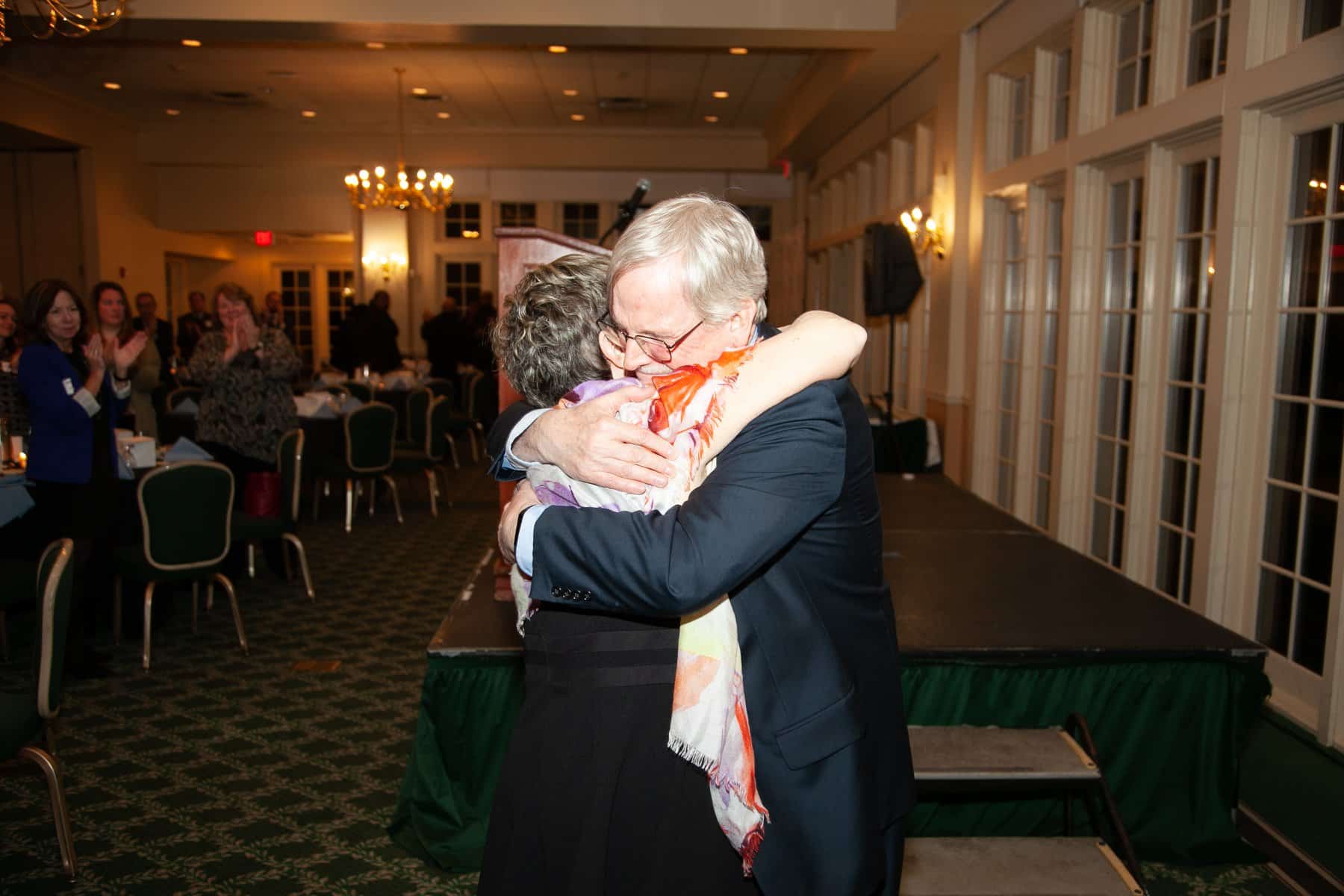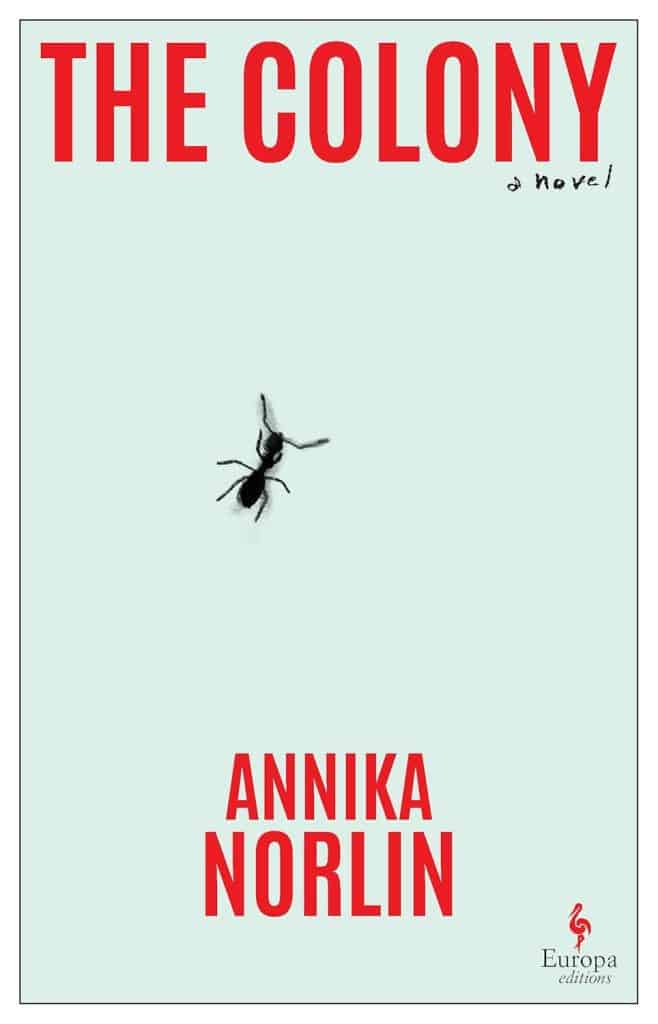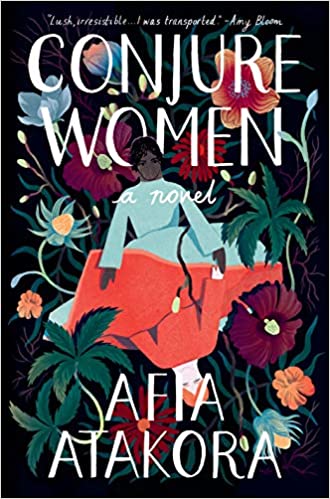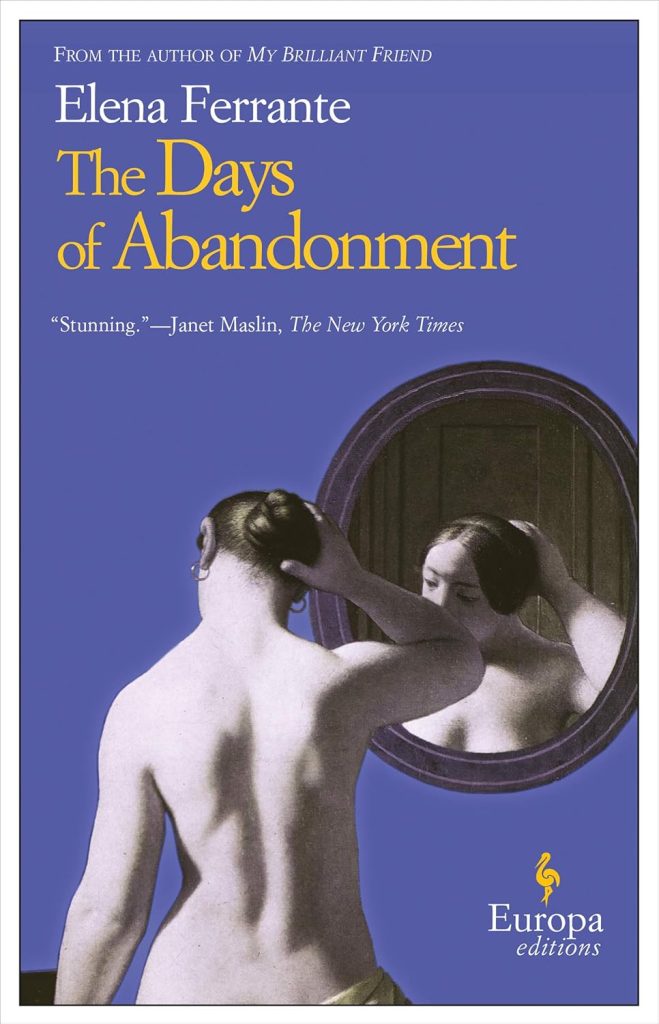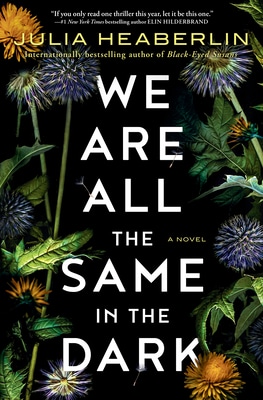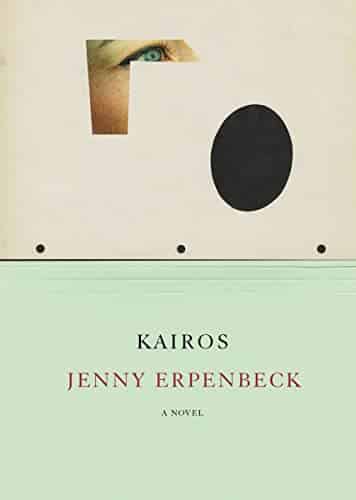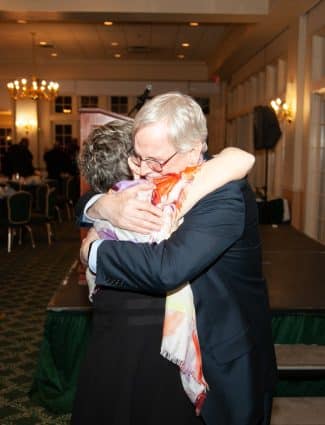
Is Time Illogical?
Estimated reading time: 0 minutes, 22 secondsToday is fifteen weeks since the funeral. It seems as if just yesterday, I was standing in the rain at Beth Israel Cemetery, greeting friends and family. One hundred five days feels like an eternity since I shoveled the first dirt onto her grave. Yet, as I have written, time is playing a cosmic trick on me.

Inequality of Time
Estimated reading time: 0 minutes, 22 secondsHow can the days and nights we were together be less equal than the time since she passed away? What I have learned from my groups is that not only is time relative, it also is illogical. I remember Jan and love every nanosecond we were together. However, the 2,477 weeks and one day we were together is now equal to less than the 15 weeks since she died. How is that possible?

Time is Cruel and Unfair
Estimated reading time: 0 minutes, 22 secondsI remember so much about every day that I shared with Jan. Each was filled with love and affection. With the love of my life, I learned so very much. Not only how to be a husband, father, lover, and best friend, but also how to be there for her when she needed my love and support.
So how is it possible seventeen weeks since she died that 416,200 hours are equal to less than 2,856 hours? It is illogical certainly, but it is also a cruel joke to play on those of us in grief!
